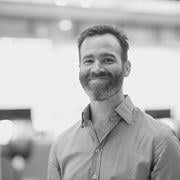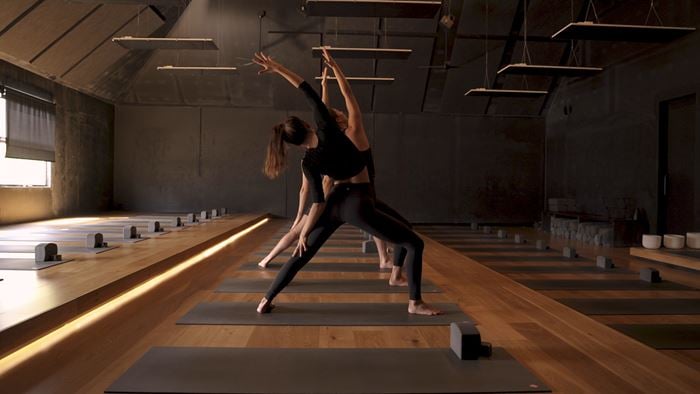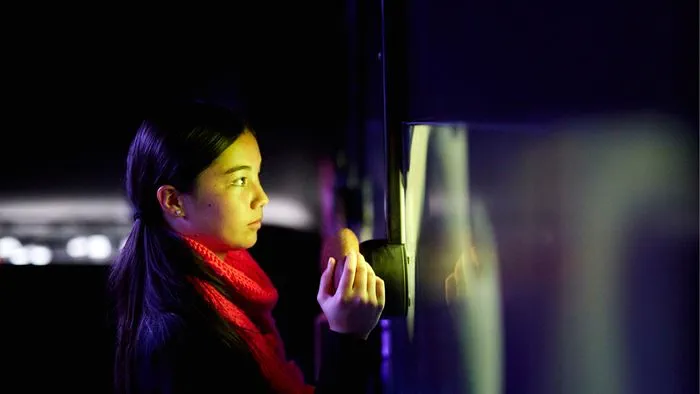As we move away from cities defined by the clang of the industrial revolution and towards the emergence of mainstream electric vehicles, there is a chance to redefine the character of our cities.
There’s an opportunity to pay more attention to what we want our cities to sound like – rather than accepting a future of what they will sound like by solely using a very blunt instrument of limiting noise emission.
We can focus on the character of the soundscape.
Currently, our urban centres are very much defined by road traffic and the industrial noise sources associated with buildings. However, there’s a real opportunity to be sculpting a future soundscape in terms of how we want it to sound.
We can include sound as a resource, instead of a detractor, to sculpt soundscapes for urban spaces that resonate with people.
At a policy level, there are emerging examples of soundscape being included in defining the future of our urban centres such as the City of London Noise Strategy 2016-2026 and the Wales Noise and Soundscape Action Plan 2018-2023. This shift in understanding is a fundamental building block.
Designing - not just blocking - sound
Traditionally, as acoustic engineers, our profession addresses noise problems or unwanted acoustic issues within a development, and that often involves mitigating against noise or reducing reverberance.
The language that we use as designers is quite negative: it focuses on unwanted things, so there’s now an industry-wide movement to focus more on what’s been coined a ‘soundscape design’ approach.
In 2014, the International Organization for Standardization (ISO) released a framework defining a ‘soundscape’. In simple terms, it’s defined as an acoustic environment as perceived by people in context.
Part 2 of the ISO framework standard alludes to how we might be able to survey soundscapes in a finer grain detail to understand how we might be able to sculpt them. It includes guidance on how to obtain objective measurement data, including psycho-acoustic parameters, and also provides a suite of subjective survey questions to gain an understanding of how people engage with their acoustic environments.
By surveying soundscapes and identifying acoustic applications to alter them, we can focus much more on designing urban soundscapes that are perceived in a positive way.
Arup soundscape survey measurement rig, Circular Quay, Sydney
Working with the framework
It can take significant resources to adequately quantify soundscapes, and then sculpt and design them.
At Arup, we are implementing the methodology to the ISO standard and then looking for opportunities to make it more accessible for acoustic consultants who don’t necessarily have the equipment or time to be able to undertake soundscape surveys.
We see the need for a very accessible version for doing soundscape surveys rather than the traditional acoustic surveys that typically focus solely on measuring overall noise levels.
Influencing attitudes
Altruistically, there is a real opportunity for acoustic engineers and consultants to influence social attitudes towards our urban soundscapes.
On a very fundamental level, we could change our language and move away from only using ‘noise’ as a descriptor for ‘sound’ or using the word ‘mitigate’ as the sole design opportunity. That would be a huge mind shift.
This change is accessible for everybody, whether it’s a large engineering firm or a smaller operator.
 ;
;







